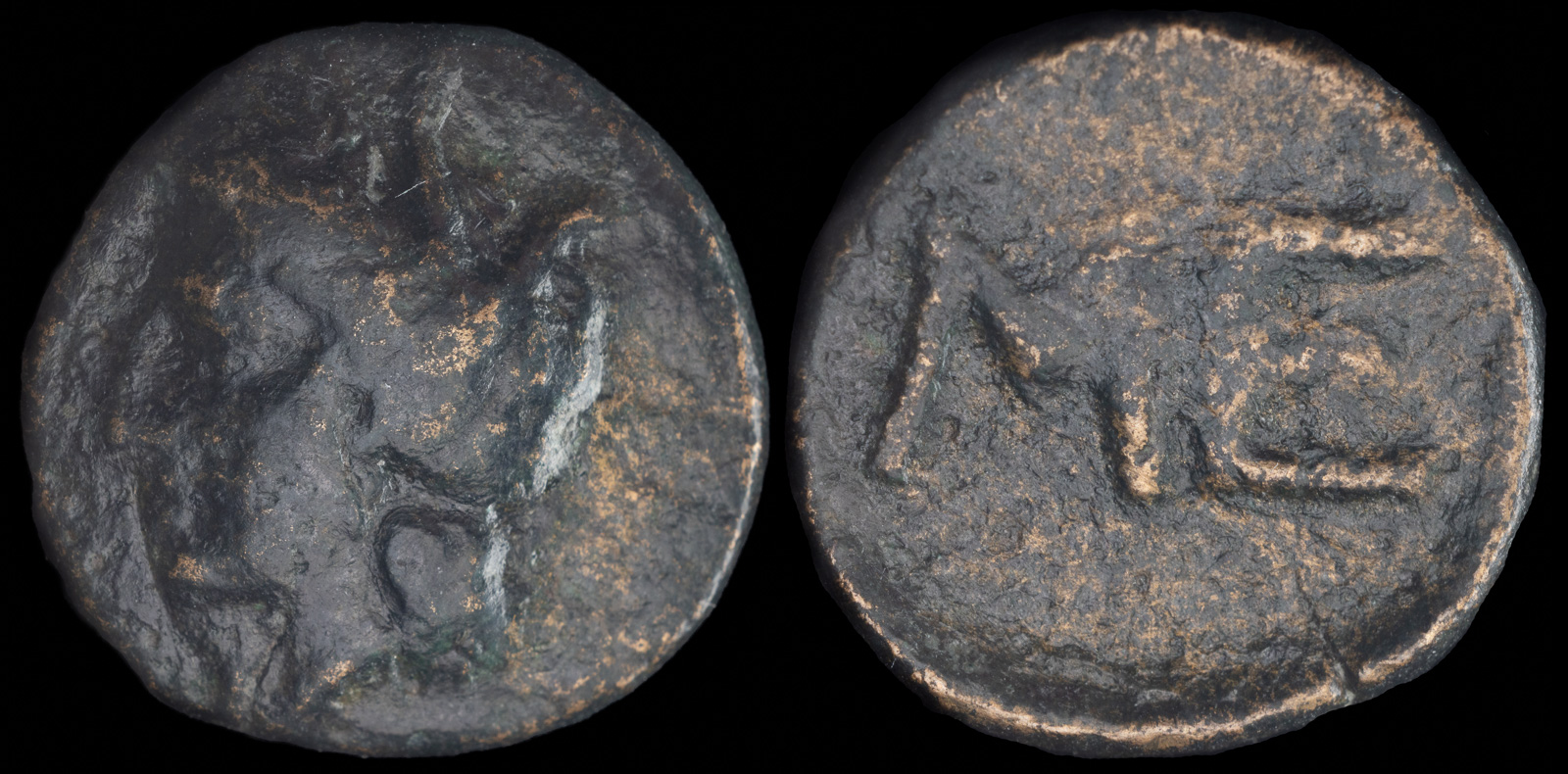
Messenia, Messene
Circa 370/69-330 BCE
Ae Chalkous 16mm, 3.59g, 12h
Head of Demeter to left. Rev. ME
BCD Peloponnesos 703. Grandjean 31
Ex Lindgren
Ex BCD Collection
Ex John Aiello Collection
Last year, when we were planning our trip to Greece, I outlined the numerous historic places we would visit to my wife. These included Delphi, Mycenae, Athens, and potentially Olympia.
She mentioned that there were a lot of ruins in those plans, to which I replied that sadly these ancient cities have been much degraded throughout history, so they were indeed ruins. She then suggested we include islands on our trip, and I concurred, since there are numerous islands with great ruins.
My wife then mentioned that she’d heard that Greece was famous for its beaches, and at that I answered that the only beach I was aware of that had ruins was in Crete, but it simply wasn’t possible to fit Crete in our itinerary due to the incredible amount of ruins it had.
And so, it was decided that we would split our vacation into two. I would arrive a week early and see as many ruins as humanly possible, then we would join up in Athens and together visit Santorini, Mykonos, and Kephalenia (all of which, little did she know, have ruins).
During my week I raced across Athens and then visited the following sites: Sounion, Eleusis, Agiosthena, Corinth, Acrocorinth, Mycenae, Tiryns, Epidaurus, Olympia, Sparta, Bassae, Messene, Delphi, Mystra (Byzantine), and Napflion (no ruins). With my wife I then added Delos, Akrotiri, and Same. However, my favorite site was a surprise.
I’d thought before embarking that Delphi would be my favorite, but it was too much of a “Greek Disneyland”, though I arrived late and saw it without crowds. Olympia was gorgeous with all the flowers over the ruins, Delos was well-preserved, and Corinth was stunning. However, my absolute favorite was Messene.
I’ve included some of my photos of this amazing place at the end of this post. What I loved most about it was:
-Nowhere else did I truly feel what it was like to be in ancient Greece. The layout of the city was still evident and you still have to drive through the ancient city walls to reach the ruins. I only wish I’d stopped to photograph the walls.
-The site unfolds itself as you visit. Initially, it doesn’t look like much, but each time you turn a corner there’s a completely new section, and they become grander and grander.
-I had it mostly to myself, even though I visited during the middle of the day (hence why my photos aren’t as dramatic as those of other places I visited on the trip). The site is too far for the big tour buses from Athens, so you have to drive yourself.
-When I returned, I made it a priority to obtain a coin. The city was famously founded by the Theban general Epaminondas to serve as a bulwark against Sparta, and for the next 150 years Spartan policy revolved around demolishing it. Therefore, a lot of the history of the 3rd-2nd century BCE Peloponnese took place here. The prison where Philopoemen is believed to have been kept before his execution is still visible and labeled.
The city’s history is also remarkable for the determination of the Messene exiles. Originally founded as Ithome, it fought several wars against Sparta before finally being obliterated in 660 BCE. Those who did not flee became slaves in their own land to the Spartans. Many did leave and created exile networks across the Mediterranean, but particularly at Zankle, Sicily, which was eventually renamed Messene due to the many exiles. It retains that name today in Messina. More extraordinary, though, was the fact that 300 years later the exiled community was still strong enough that, when prompted by Epaminondas, many returned to a city they hadn’t known for generations.
I wanted a coin as close to the city’s founding as possible, and 4th century coinage is rare (3rd-2nd century is more common). However, recently I was finally able to obtain one!
It also has a great provenance, having been part of the famed BCD and Lindgren collections, then in the well-respected collection of John Aiello before arriving in mine. With it, I’ve finally filled a key hole in my own collection.
I could of course discuss the ancient city of Messene further, but in this case I’m going to let my photos do the talking. Suffice to say that visiting this site had a major impact on me.



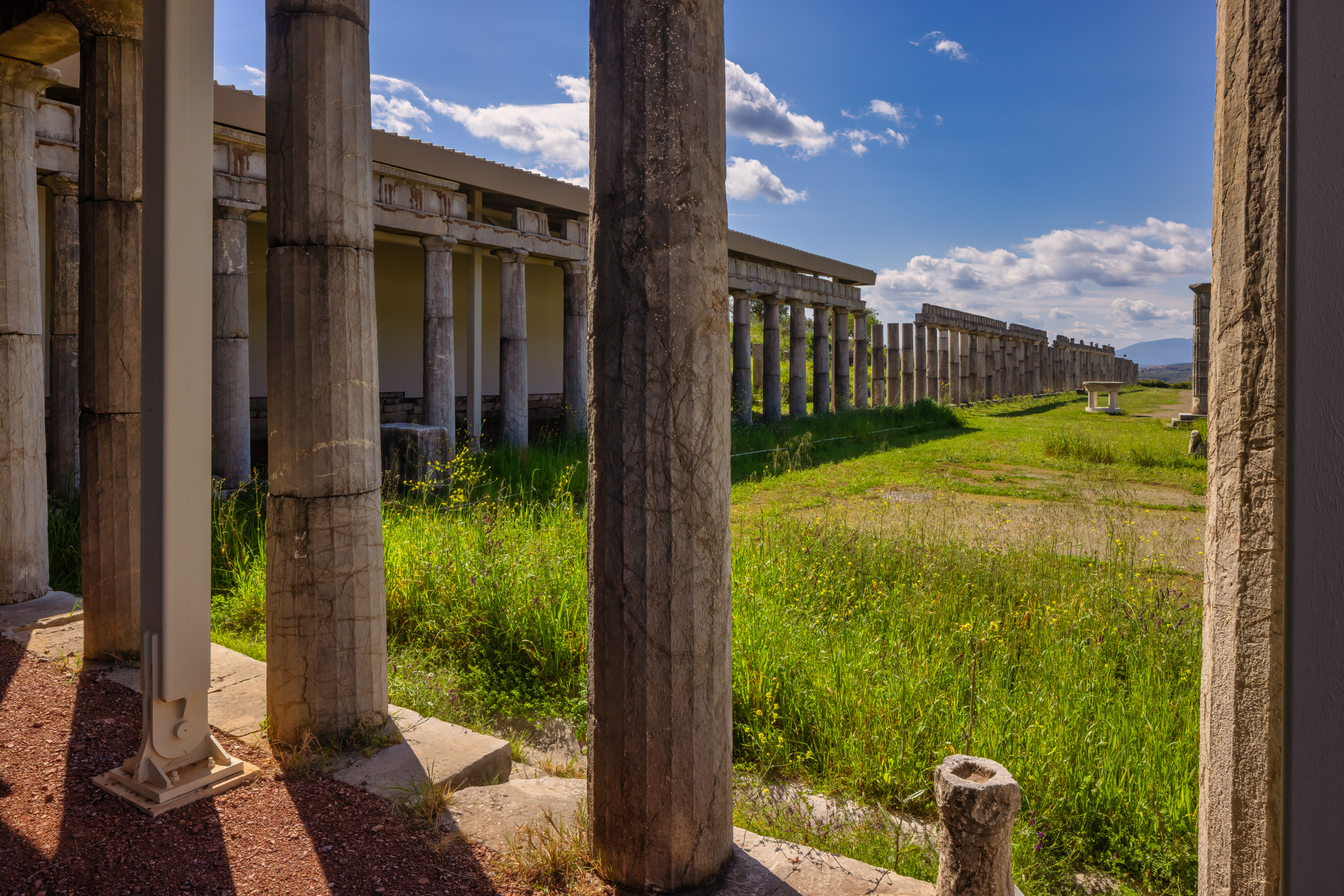
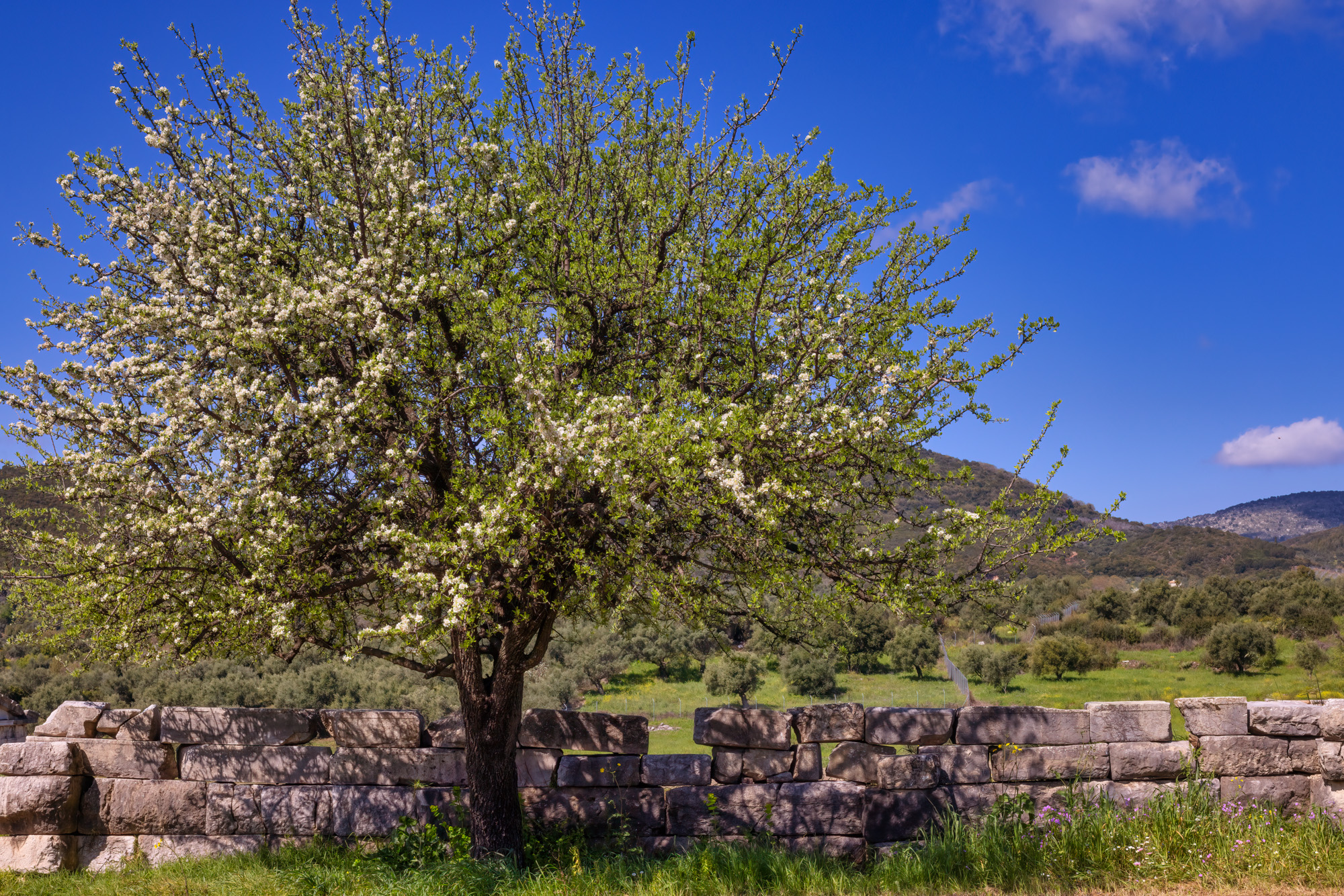
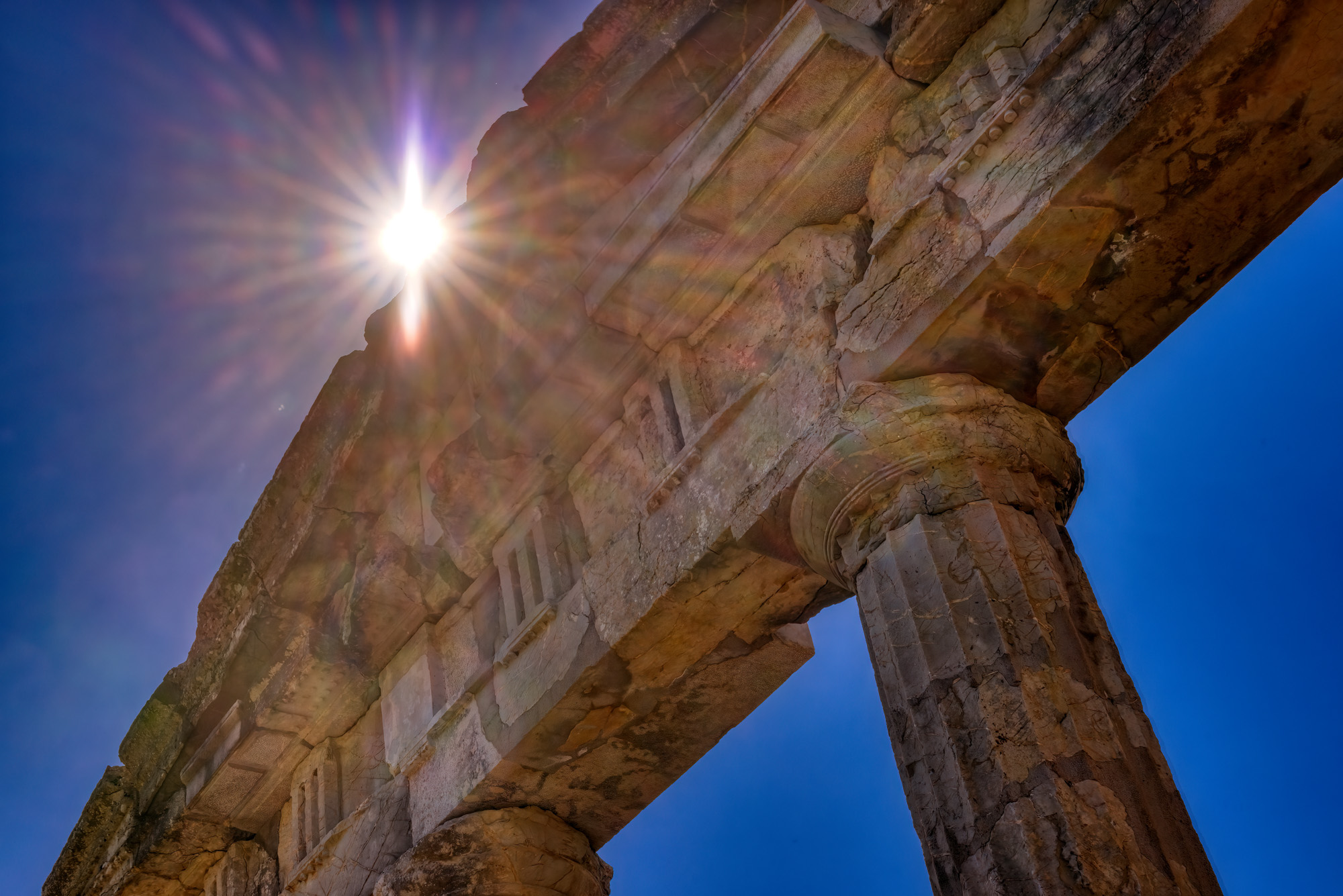
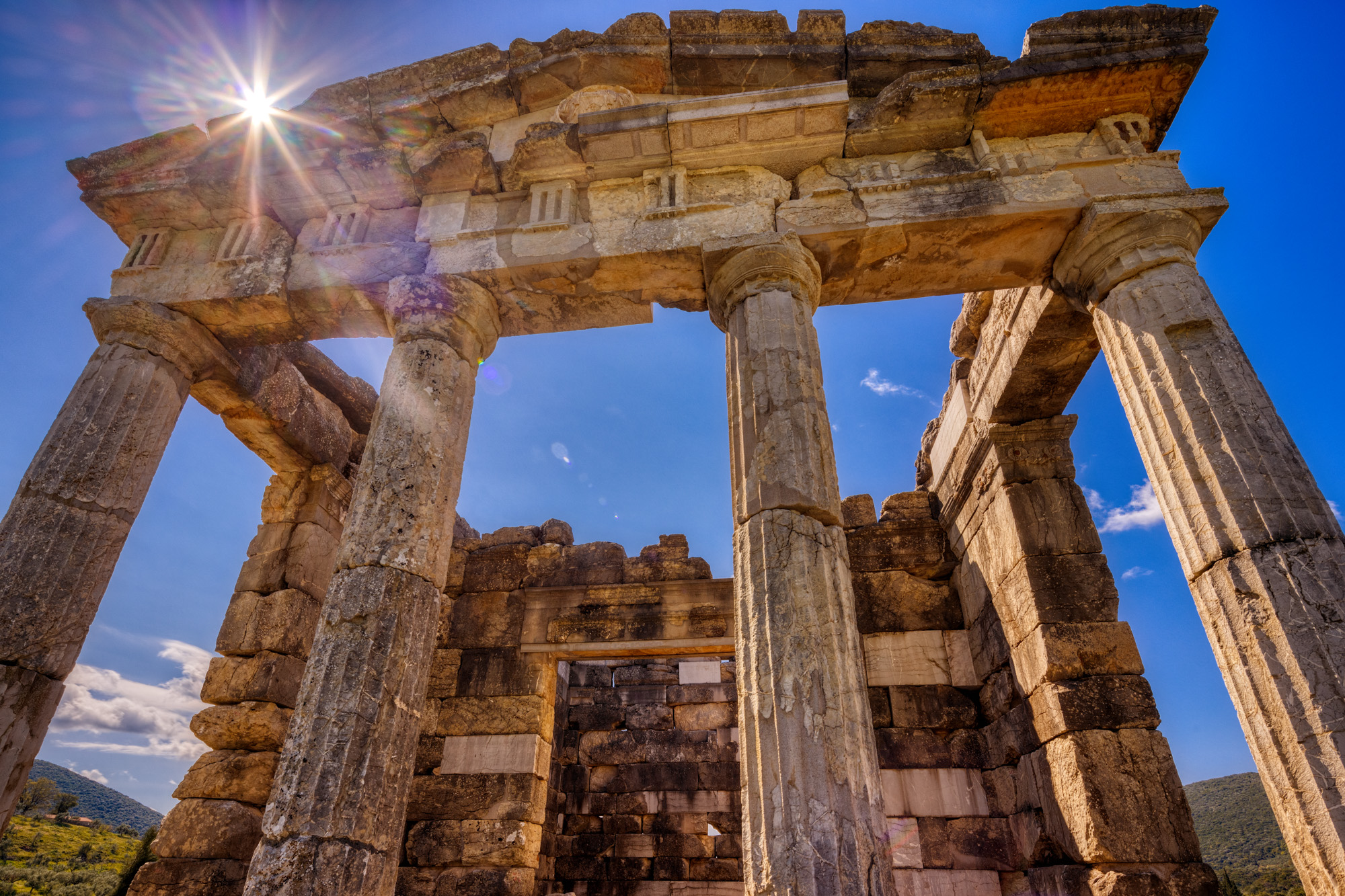




Messenians sent away from Naupaktos travel to Kyrene and join in the effort against Ariston, but most are killed.
The helots of Messene revolt against Sparta.
The Thebans under Epaminondas rebuild the city of Messene.
Artaxerxes II attempts to mediate between the Greek states. He proposes a settlement that highly favors Thebes and leaves Messene free. All states except for Thebes reject it.
July 21
An earthquake destroys Aptera, Gortyna, Eleutherna, and Knossos on Crete. Alexandria is devastated by a tsunami, and Kyrene is also affected by the same tsunami. Kydonia is also damaged. In the Peloponnese, Messene is affected.
April 5
The author of this page tours the ruins at Messene and greatly enjoys them.